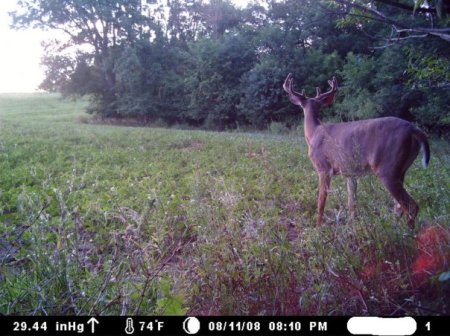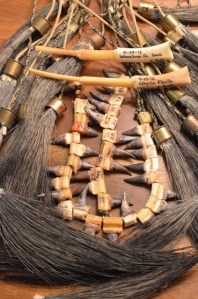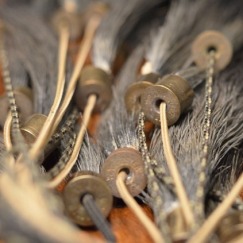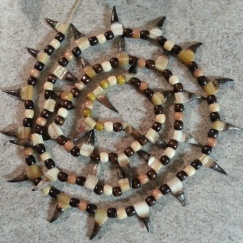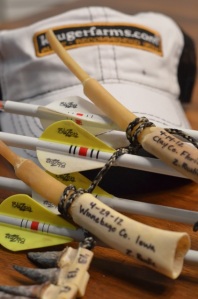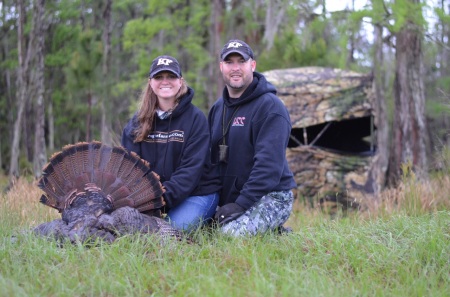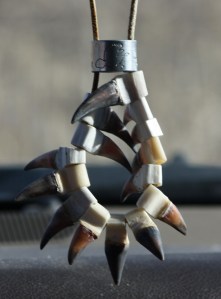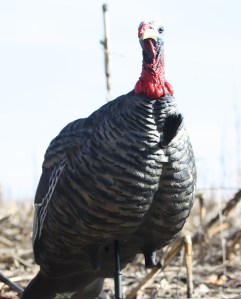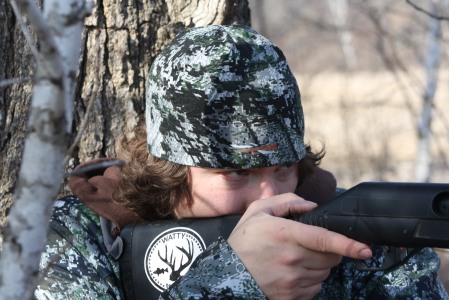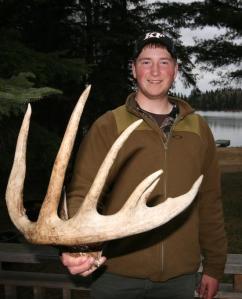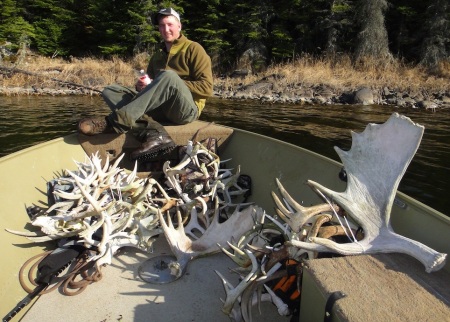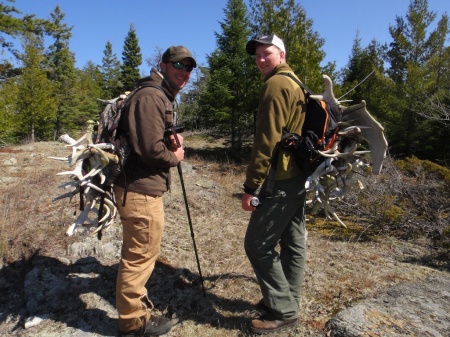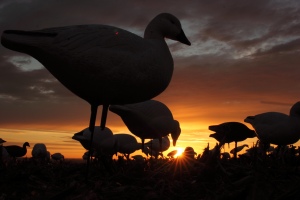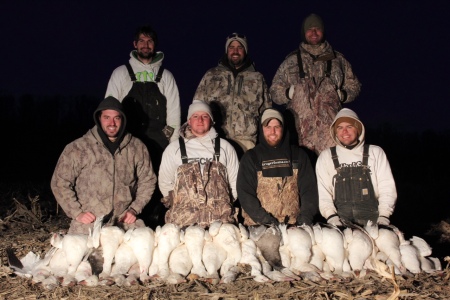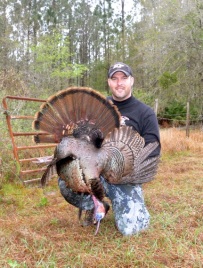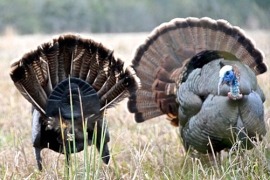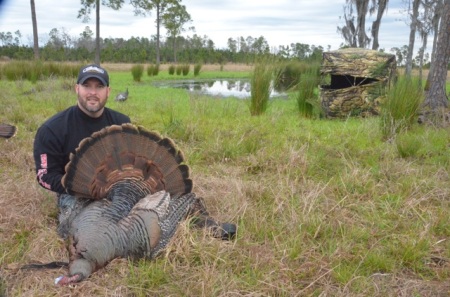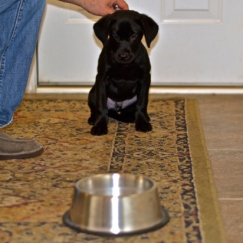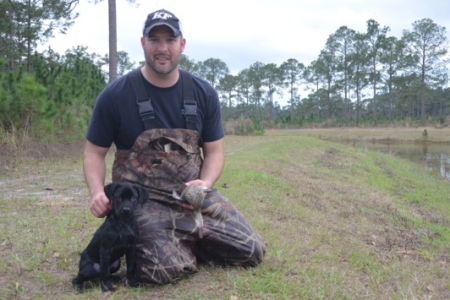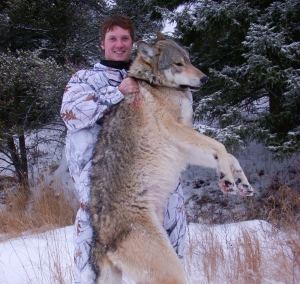Pro-staff Contributor: Brian Cote
The evolution of trail cameras has been an incredible thing to witness over the last decade or so. I can remember looking through hunting magazines and looking at all the advertisements for the old Cam Trakker trail cameras. When they first came out, everyone wanted one just to see what might be roaming on their hunting properties. Because the pictures were produced on 35mm film, you needed to check the cameras on a regular basis and then rush to the store to get them developed.
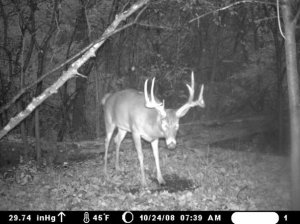
The digital age has helped take our scouting methods to a whole new level. You can see how much has changed just by looking back at the pictures from the 35mm film and comparing them to the pictures you get today. Merely having the ability to leave your camera out longer gives you more benefits than the original 35mm models. And the options are abundant—today we have options such as the Moultrie Panoramic 150 Game Camera that can take pictures that span 150 degrees in one burst. This can help when watching a food plot, or to capture a picture of a buck trailing a doe.
Pre-Season
The placement of your cameras will change throughout the year. During the long days of summer, when bucks antlers are in their developmental stage, placing your camera near a mineral mix is a great idea. Using minerals will not only draw deer to your camera but will also help in their antler growth. Joe Dirt’s Chunky Buck Mix is a great choice that brings the deer in and allows you to get the most pictures possible. During this time, use your trail cam to discover the home territories of the bucks you plan to put on your hit list.
Early Season
When the season kicks off some of the best places to have cameras are food plots/fields and heavily used trails that travel from bedding to feeding areas. Deer are very easy to pattern this time of year because the only thing on their mind is sleeping and feeding. Use your trail cam to learn when deer are getting on their feet to head out and grab some food—this information will help you punch more tags.
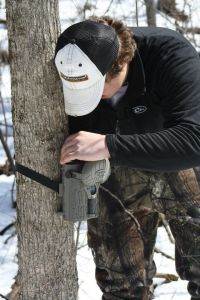
The Rut
Once the temps start to drop and rut activity starts, scrapes can be one of the best places to have a camera. Finding the correct types of scrapes will help you be more successful. You want to target primary scrapes that are on the interior of the woods. Wood line scrapes, also known as secondary scrapes, are more than likely being used and checked at night which will limit your chances of catching the bucks on camera. Primary scrapes will see the most traffic throughout the day and will also get many different bucks patrolling the area to see who is coming around their territories. This is the time of year when you want to try and check your cameras as often as possible to know if a big buck has been cruising your area as soon as possible.
Overall
Trail cameras have come such a long way in the last 10-15 years. They scout for us in places we can only visit once or twice a month. Having these advancements has truly helped avid hunters put more deer in the back of their trucks. So get to the woods and get some pictures that will make your buddies jealous! If you catch anything cool on your camera, be sure to submit it to the krugerfarms.com Facebook page Trail Cam Contest—a new winner each month gets a free Wildview TK30!
Brian Cote is a website administrator at krugerfarms.com and a devoted outdoorsman. He’s eager to take up any opportunity to hunt waterfowl, deer and turkeys in the Midwest region. You can follow him on Twitter (@BrianJr22) and find him on Facebook (facebook.com/brian.cote.148).
